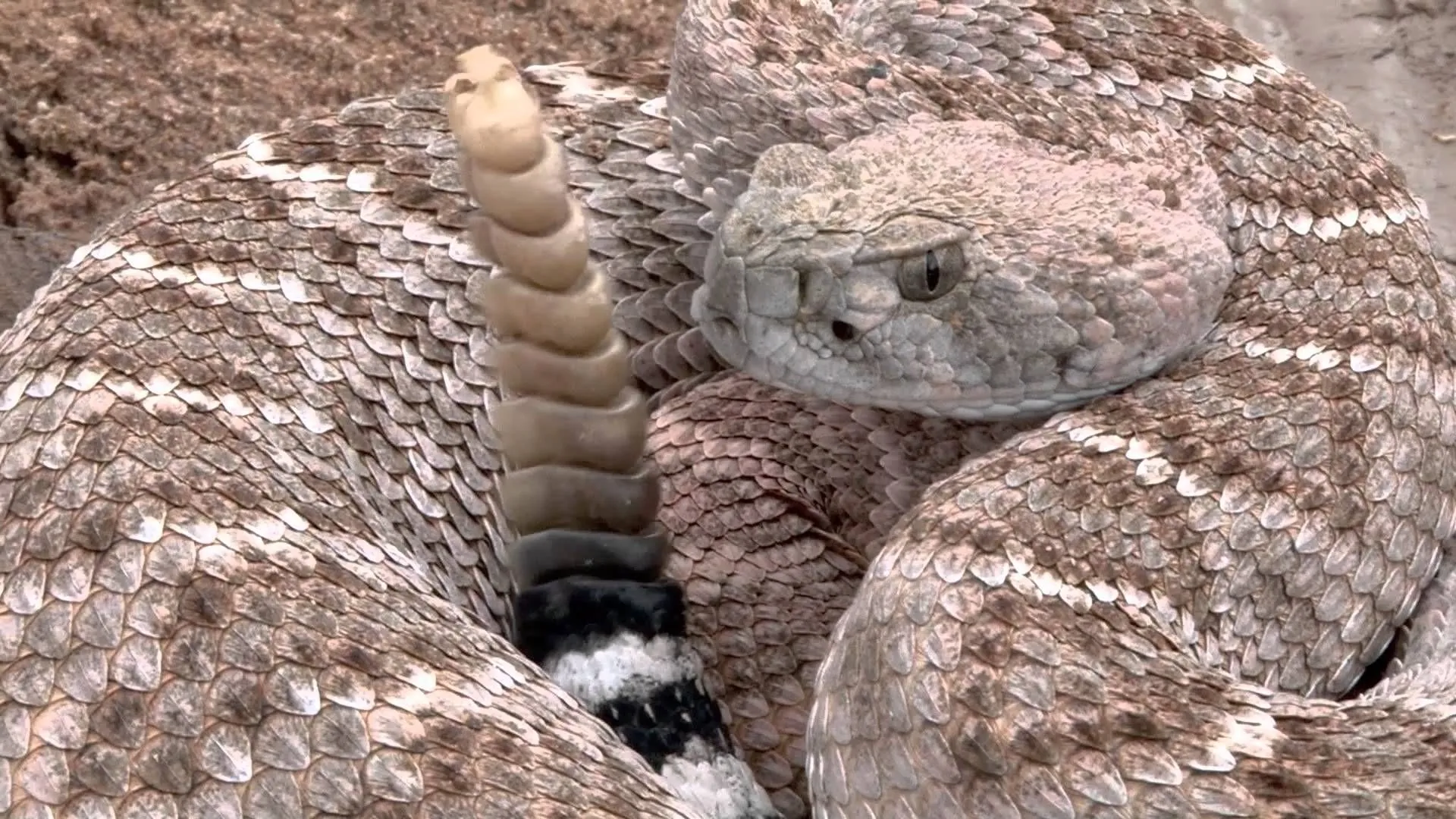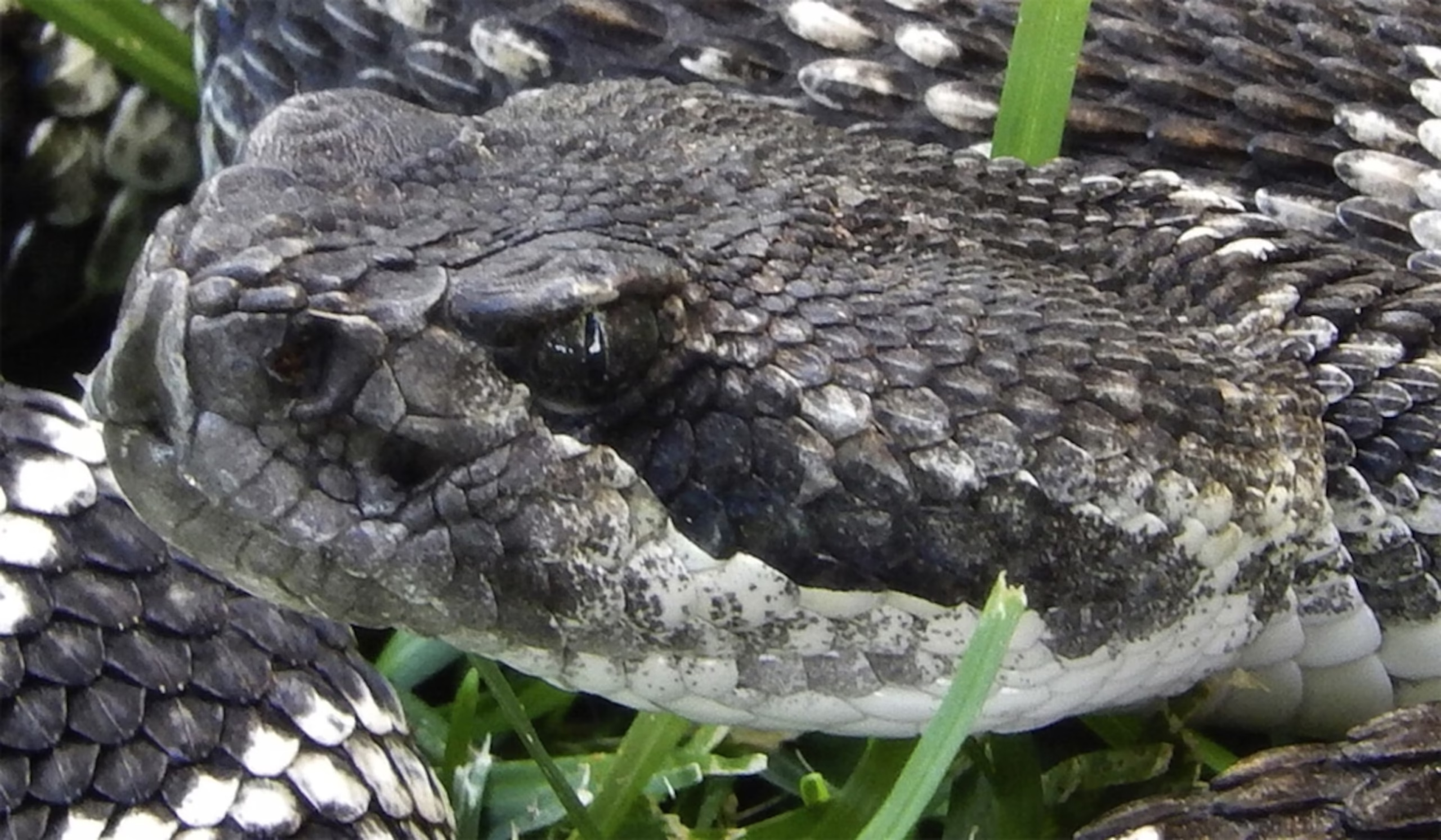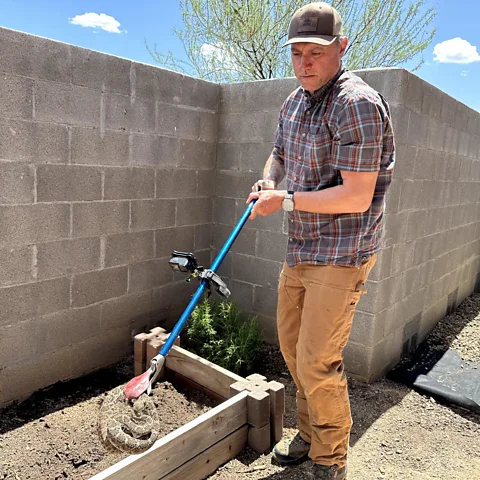Rattlesnake Rescuers in Arizona Face a Growing Challenge
Rattlesnake rescuers in Arizona are responding to a surge in human-snake encounters as residential expansion pushes deeper into desert habitats. These professionals play a vital role in safely relocating venomous snakes, like the western diamondback, helping communities coexist with wildlife without resorting to killing these important desert predators.
Encounters between humans and rattlesnakes are increasing across Arizona. These reptiles, often misunderstood and feared, are more visible due to expanding urban development and climate shifts that push them into residential areas. Rattlesnake rescuers in Arizona are on the front lines, responding to emergency calls and ensuring both public safety and snake conservation.

While some people still react with fear and violence, a growing number of individuals and organizations are promoting humane coexistence. The efforts of rattlesnake rescuers in Arizona are not only saving snakes but also educating the public about the ecological value of these predators.
This article delves into the world of rattlesnake rescuers in Arizona and how their work is transforming public perception, reducing unnecessary snake deaths, and fostering a safer balance between humans and wildlife in the desert state.
Why Encounters Are Rising – A Look from Rattlesnake Rescuers in Arizona
Experts point to two main drivers of increased snake sightings: urban sprawl and climate change. As developers continue to build homes in desert landscapes, they replace native vegetation with gardens and rock features that inadvertently attract snakes. Simultaneously, higher temperatures push snakes to seek cooler environments, such as shaded backyards and damp landscaping.
According to local rescue teams, Arizona has seen a steady climb in snake-related calls. Suburban residents living near natural habitats are more likely to find a rattlesnake on their property, especially during spring when snakes become more active in search of mates.
Meet the Rattlesnake Rescuers in Arizona: Guardians of Native Snakes
Bryan Hughes, the founder of Rattlesnake Solutions, turned his lifelong passion for reptiles into a business after the 2008 financial crisis. With no formal education in herpetology but extensive volunteer experience, Hughes launched a company to provide safe, humane snake relocations. Since its inception, Rattlesnake Solutions has removed and relocated an estimated 20,000 snakes.

Each relocation typically costs homeowners around $150 and includes capture, education about the species, and transportation to a safe natural location. The team uses specialized tongs and ventilated containers to move snakes carefully, ensuring the animal’s well-being throughout the process.
One Woman’s Encounter with Rattlesnake Rescuers in Arizona: A Peaceful Relocation
Christa Reinach of Rio Verde Foothills encountered a venomous western diamondback rattlesnake on her property one evening. Instead of panicking or harming the snake, she contacted Rattlesnake Solutions. Within minutes, a team member arrived, gently captured the snake, and relocated it to a desert area with natural shelter and food sources.
Reinach’s motivation was clear: “I really don’t believe in killing anything when it’s just out of place.” Her actions highlight a growing movement among Arizona residents who value wildlife preservation and responsible interaction with native species.
The Ecological Role of Rattlesnakes and the Work of Rescuers in Arizona
Rattlesnakes play an essential role in maintaining ecosystem balance. They help control rodent populations, which benefits agriculture and reduces the spread of disease. In fact, a single population of snakes can consume thousands of mice annually, significantly lowering grain losses on farms.
Recent studies suggest snakes may even aid in seed dispersal. When snakes eat rodents carrying seeds, they sometimes excrete viable seeds later, promoting plant growth in new areas. Additionally, by reducing rodent populations, snakes can help limit the spread of tick-borne illnesses such as Lyme disease.
Rising Threats to Snake Populations
Despite their benefits, rattlesnakes face increasing threats. The eastern diamondback, for instance, is in decline due to habitat loss and human persecution. Arizona’s black rattlesnake is also considered at risk, with climate change predicted to shrink its suitable habitat by over 70% by 2040.
Urban development not only pushes snakes into human environments but also destroys crucial denning and breeding grounds. Some developers unintentionally create snake habitats by installing water-loving shrubs and rock piles meant for landscaping, which become perfect hiding spots for reptiles.
Living With Snakes: Education Over Fear
Education is a key component of what snake rescuers like Hughes offer. Each relocation is an opportunity to teach homeowners how to identify snakes, understand their behavior, and avoid dangerous encounters. Hughes and his team often recommend installing snake-proof fencing as a preventative measure.

“We want people to understand that rattlesnakes and humans can coexist,” says Emily Taylor, a reptile expert and volunteer relocator in California. She emphasizes that most snakes would rather flee than fight and only strike when they feel threatened.
Changing Attitudes: Media and Myth Busting
Much of the public fear surrounding snakes is fueled by sensational portrayals in media. Movies often show rattlesnakes as menacing predators, reinforcing fear rather than fostering understanding. Hughes and his team are working to dismantle those myths by showcasing the real behavior of these animals: cautious, reserved, and vital to the environment.
“You’re supposed to hate these things, you’re supposed to kill these things – well, I don’t,” Hughes says. His mission is simple: relocate and protect snakes, and educate the public about why that matters.
Solutions for Coexistence
Beyond education and relocation, snake-proofing homes is gaining traction. Techniques include securing fences deep into the ground, sealing gaps under doors, and avoiding plantings that attract rodents and insects. These measures not only keep snakes out but also make properties less inviting to the creatures that snakes feed on.
Homeowners are also advised to keep yards clear of debris, store firewood away from homes, and use outdoor lighting strategically, as snakes often avoid well-lit areas.
The Future of Snake Conservation in Arizona
As Arizona continues to urbanize, the need for snake conservation and humane relocation will only grow. Efforts by local snake rescuers are building a more informed and empathetic public, fostering coexistence rather than conflict.
Policy makers and developers also have a role to play. Environmentally responsible building practices, public education initiatives, and protection of natural habitats can ensure that snakes, people, and the desert ecosystem can thrive together.
A New Perspective on Rattlesnakes
Arizona’s snake rescuers are redefining how we interact with wildlife. Through education, relocation, and advocacy, they are protecting not just the snakes but the delicate balance of nature. As more people recognize the ecological value of these reptiles, the future looks brighter for both rattlesnakes and the communities they live alongside.
Rather than creatures to be feared, rattlesnakes are increasingly seen as essential desert dwellers. And thanks to passionate individuals like Bryan Hughes and Christa Reinach, the old narrative of fear is giving way to one of respect and responsible stewardship.




